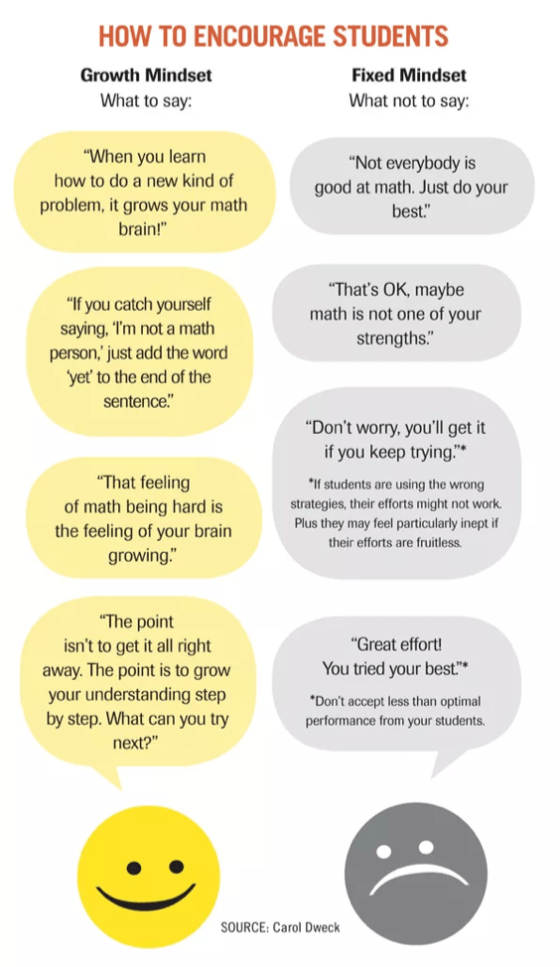By Guest Blogger Mike Knutz, Oregon State University

As a youth development professional of nearly 20 years and former high school teacher, making a positive difference has always been the passion that drives my work with youth. The goal to impact young people is even more attainable with the 4-H Thriving Model. It is derived from years of research in developmental psychology and youth development.
In my quest to better understand the components of the 4-H Thriving Model, I have explored resources available from the Search Institute. Since 1958, the Search Institute been studying how to strengthen youth success and bring research-based solutions to the most pressing challenges in the lives of young people. The 4-H Thriving Model aims to help youth develop a Thriving orientation (a mindset or outlook for continual growth). The Search Institute identified six indicators for a thriving trajectory that have been incorporated into the 4-H Thriving Model.
- Openness to Challenge and Discovery
- Hopeful Purpose
- Transcendent Awareness
- Positive Emotionality
- Pro-Social Orientation
- Intentional Self-Regulation
There is a wealth of research and some amazing researchers behind the studies that support each one of these indicators. I started by delving into Openness to Challenge and Discovery, which comes from research on Growth Mindset led by Carol Dweck, Professor of Phycology from Stanford University. Growth Mindset is an approach to life that where skills and abilities can always be improved through effort and hard work. Challenges are embraced as an opportunity to grow and learn. Feedback is something that is useful in trying new strategies to master and improve a skill or ability. Setbacks or failures are part of the learning process and should just spur you on to work harder and preserver.
I am sure we can all recall a time where we faced a challenge in developing a skill or ability. I recall my first time public speaking as a freshman in high school. It was the FFA Creed Speaking Contest which required one to memorize five paragraphs verbatim. That task alone demanded persistence, practice, and effort. I had written each paragraph on a 3 x 5 card and kept them in a pocket while I did my farm chores. I would recited the first paragraph until I master it and then move on to the next. When I couldn’t recall a sentence, I would pull out my card to serve as cue. The day of the contest came, I did fine on the delivery, but froze and failed to answer the judge’s question. To me it was a failure to overcome the daunting task of memorizing five paragraphs. That setback served to propelled me on my journey to develop public speaking skills through further contests and opportunities to serve in leadership.
One of the greatest obstacles in this journey to growth is being ruled by a Fixed Mindset; the belief that qualities are fixed traits and therefore cannot change. People with a fixed mindset focus energy towards validating their intelligence and talents rather than working to develop and improve them. It’s holding the belief that talent alone leads to success, and effort is inconsequential. This gives way to avoiding challenges for the risk on failing. Failure communicates that you are lacking talent. When this happens, a person with a Fixed Mindset may respond defensively or blame or make excuses for the setback. Carol Dweck reminds us that, “we’re all a mixture of fixed and growth mindsets”. We need to be aware of our thoughts and actions when facing a challenge. Anxious feelings, an inner voice saying you’re not competent, or being crushed instead of interested in learning from a failure are signs of a Fixed Mindset.

I picture an elephant restrained by a rope tied to a stake in the ground. Like that elephant, youth need to know that their current abilities have potential for growth. This message is freedom to rise to one’s potential. Those who work with youth can help them understand the dynamics of a Fixed and Growth Mindset and thereby free them to experience that effort and the right practice, leads to improvement in skills and abilities.
In Extension, we are accustomed to providing research-based solutions to problems. Teaching youth the Growth Mindset can help them succeed. In one of Dweck’s studies, 7th grade students were taught about neuroplasticity – how the brain changes when you learn new things. They were shown the evidence that you really can change your intelligence by challenging yourself and learning new strategies. Those students did significantly better on their math test than students in the control group who were not taught the lesson on Growth Mindset.
How we encourage and praise youth can support either a Growth Mindset or a Fixed Mindset. This illustration from Carol Dweck shows examples of both.
This is just a brief look at one of the six Thriving indicators. There is so much more to learn about how we can up our game at empowering youth to reach their full potential through the 4-H Thriving Model.

Mike Knutz is an Associate Professor at Oregon State University and 4-H Educator in Yamhill, County Oregon. Mike currently co-leads the Professional Development subcommittee of the Advancing the 4-H Thriving Model -Program Leaders Working Group (PLWG) Task Force.

